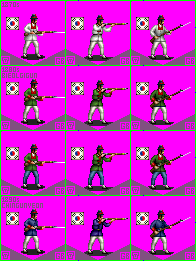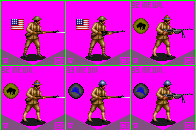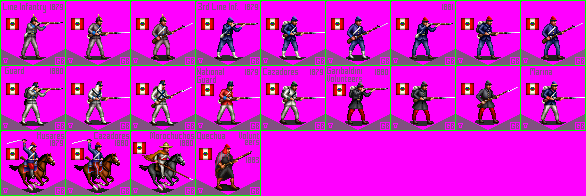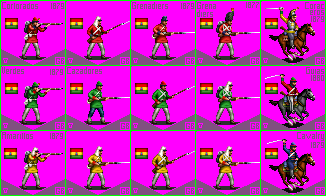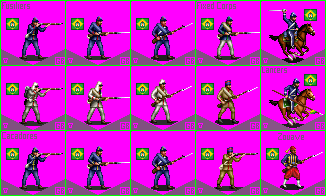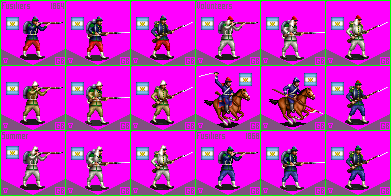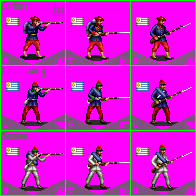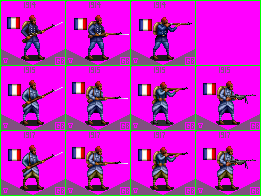I love how the Agincourt looks like something Erika would design but is actually real
I'm sure they could have squeezed another turret or two in there

I wonder if they ever fired a full broadside of all 14 guns. Probably would have rolled the ship over...

